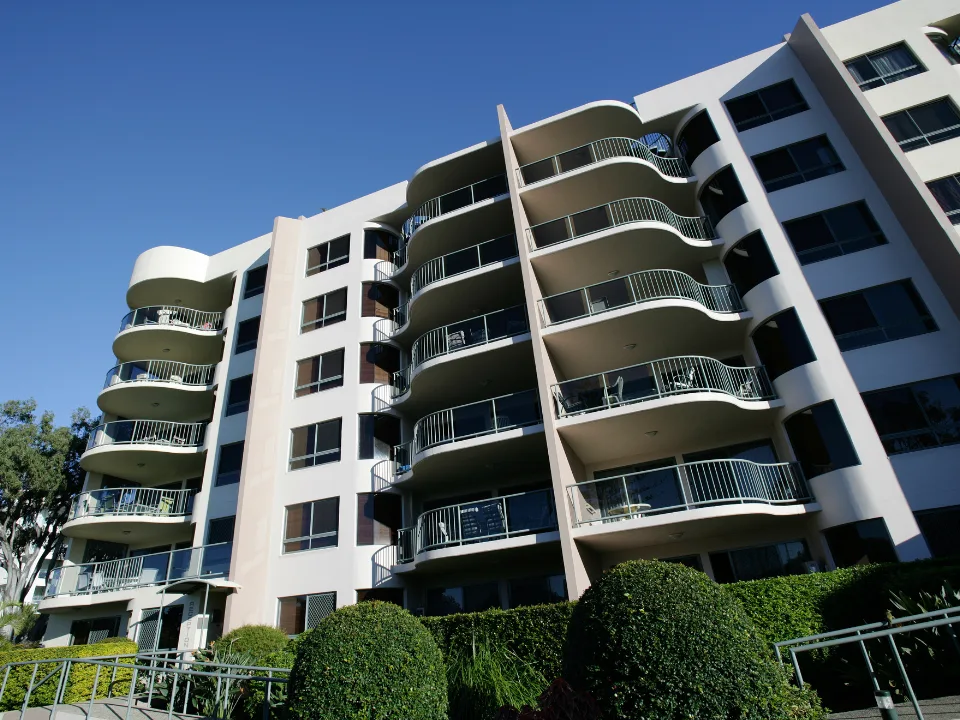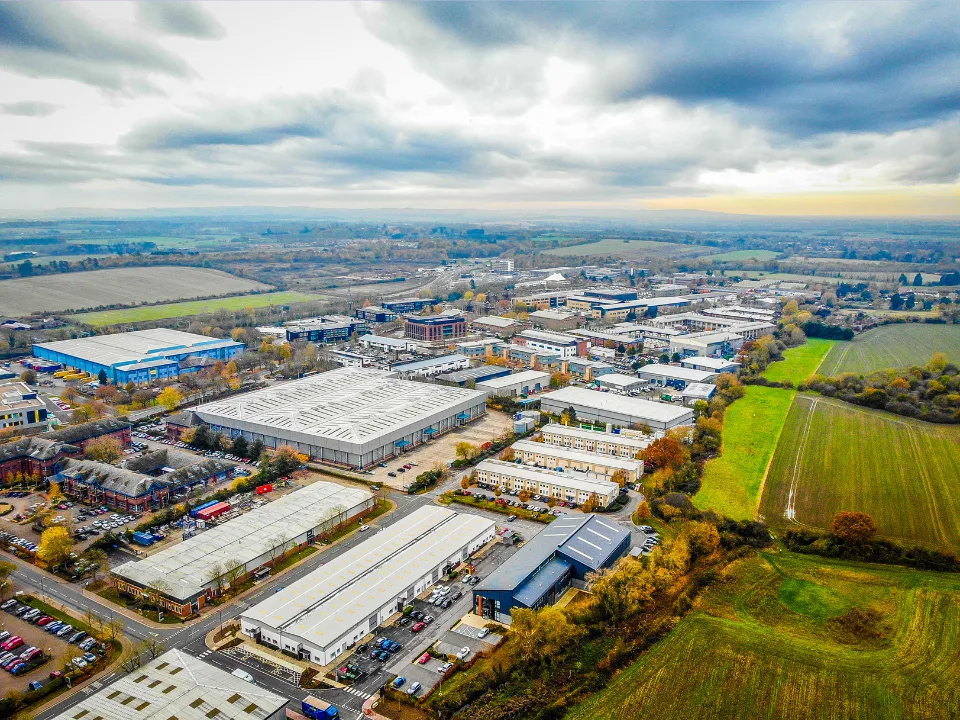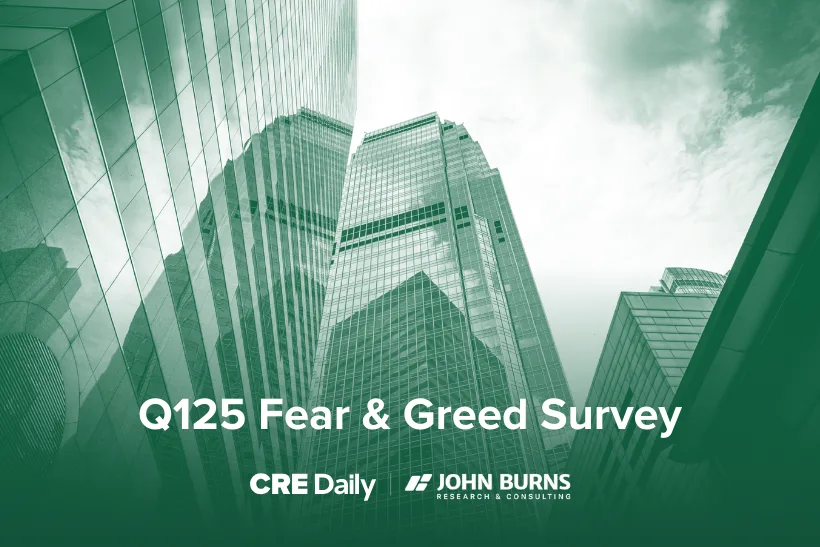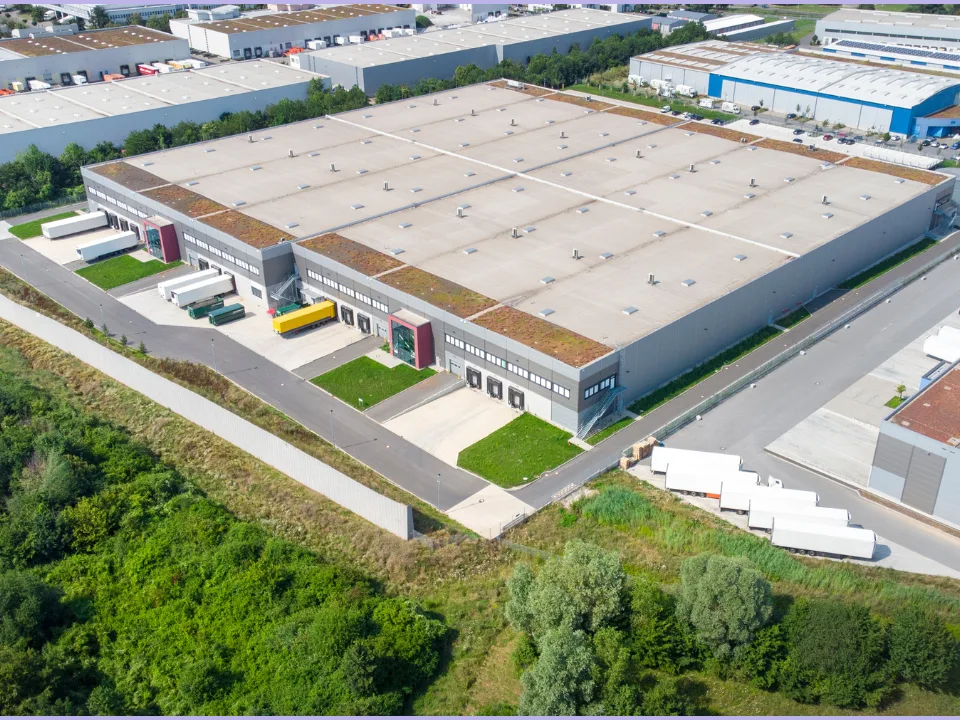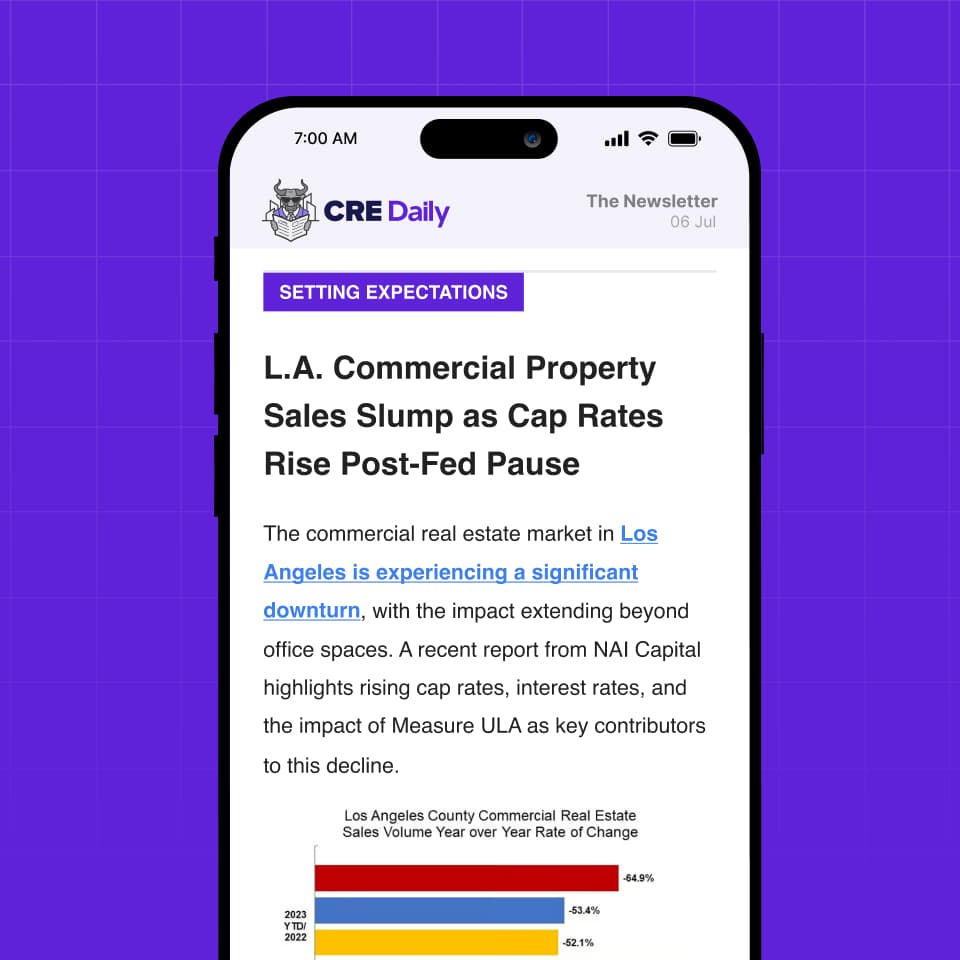- The average industrial cap rate sits at 6.29%, down 13 basis points from a year ago, according to Cushman & Wakefield.
- Class A assets remain the most desirable, with cap rates ranging from 4.5% to 6.5%, driven by strong tenant profiles and growth market locations.
- Interest rate normalization is contributing to market stability, while investors remain optimistic about further rate declines later in the year.
Cap Rate Breakdown
Cushman & Wakefield’s latest investor outlook reports continued demand across the industrial real estate spectrum, with a particular focus on Class A assets in high-growth metros such as Southern California, Northern New Jersey, Dallas, and Miami, as reported by Globe St.
These prime markets, paired with credit tenants on long-term leases, continue to command the lowest cap rates in the sector.
The average industrial cap rate stands at 6.29%, a 13 basis point drop year-over-year. Cap rate ranges by asset class show a clear pricing premium for higher-quality facilities:
- Class A: 4.5% – 6.5%
- Class B: 5.5% – 7%
- Class C: 6% – 8.75%
The gap between Class A and C asset cap rates now sits at nearly 200 basis points, underscoring the strong demand for institutional-grade logistics properties.
What’s Driving Demand?
Cushman & Wakefield notes that cap rate compression is most evident among Class A assets, especially those with market-rent leases and scheduled escalations. Even in markets where lease rates lag behind current market trends, buyers are showing willingness to price in upside potential.
Meanwhile, Class B and C properties remain attractive to investors chasing yield and rent growth, particularly those located near major population hubs and labor pools. Urban properties are seeing increased interest thanks to their ability to shorten last-mile delivery times, a critical differentiator in the logistics sector.
Get Smarter about what matters in CRE
Stay ahead of trends in commercial real estate with CRE Daily – the free newsletter delivering everything you need to start your day in just 5-minutes
Market Dynamics
Despite fluctuating macroeconomic conditions, the industrial sector has remained resilient. Interest rates have begun to normalize, with the 10-year Treasury hovering in the low-to-mid 4% range, contributing to stability in cap rate movement—particularly among Class A properties, which have seen minimal change in the past six months.
Cap rates have declined across all tiers over the past year:
- Class A: –13 bps
- Class B: –12 bps
- Class C: –15 bps
Investors are also betting on interest rate declines in the second or third quarter of 2025, which could further compress cap rates—especially in core markets where buyer competition is fiercest.
Pricing Expectations Realign
With the outlook for interest rates improving, buyers and sellers are adjusting their pricing expectations, helping to bridge the bid-ask spread and keep deal flow moving. This alignment is contributing to healthier market activity, even as broader capital markets remain cautious.
Why it matters
The industrial sector’s continued cap rate compression underscores the asset class’s strength amid macro uncertainty. With core markets and credit-backed leases driving premium pricing, and normalization in interest rates on the horizon, industrial real estate remains a top target for institutional capital.
